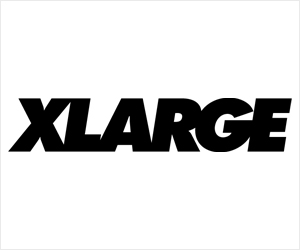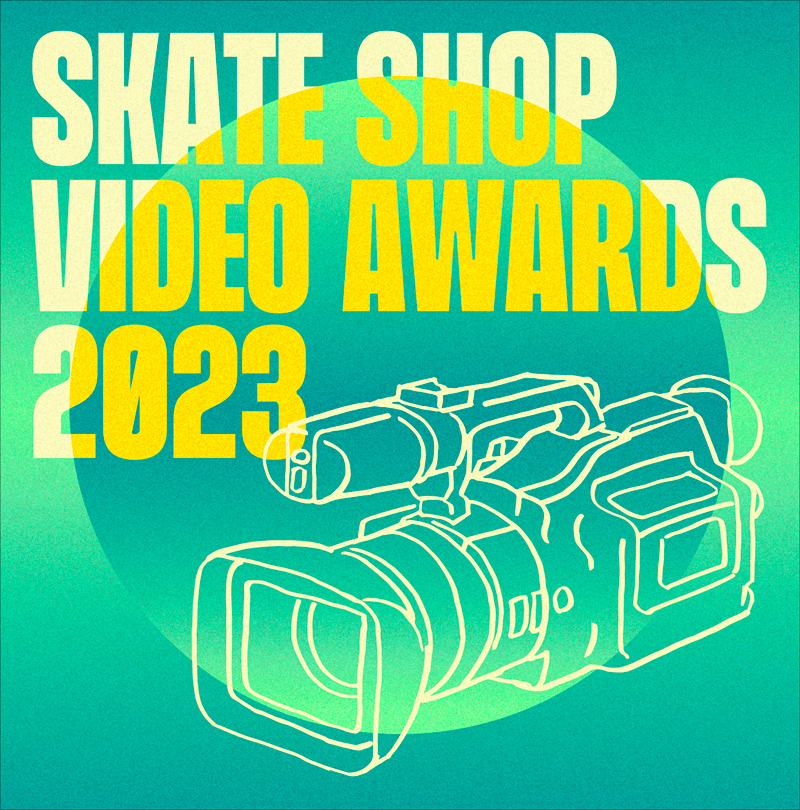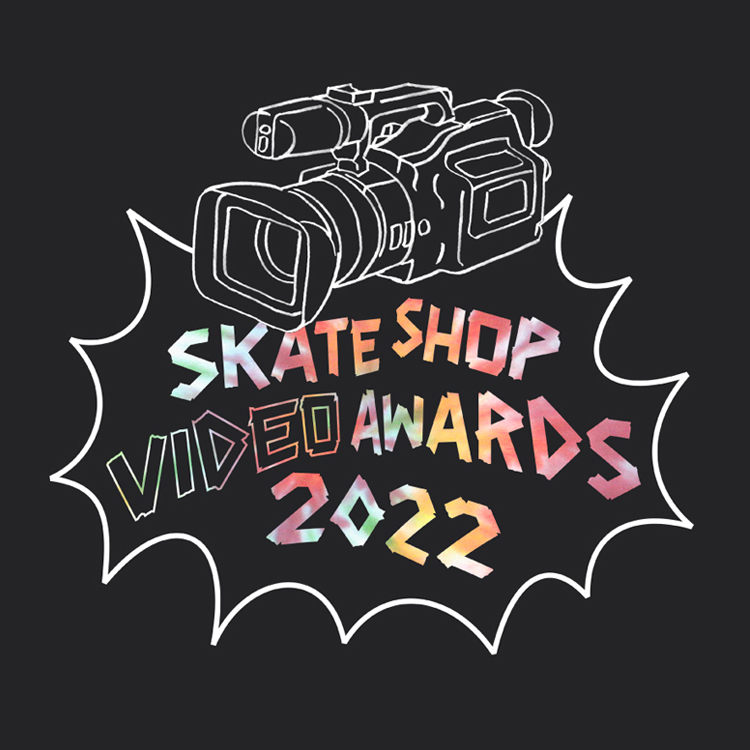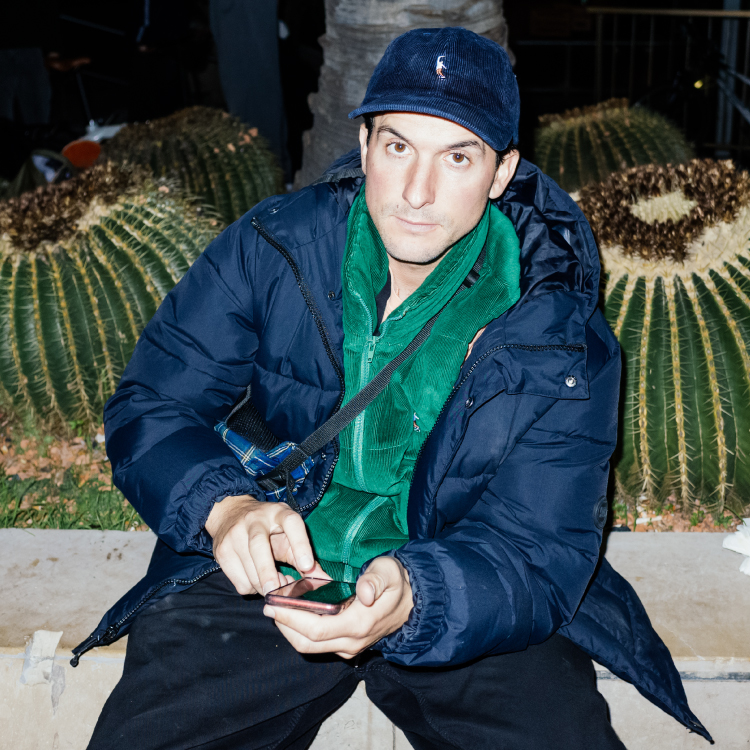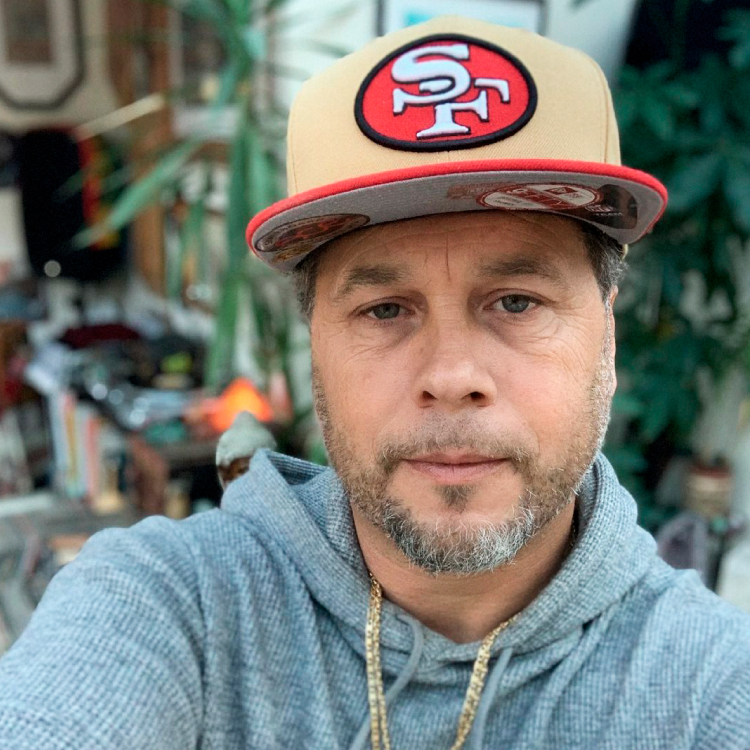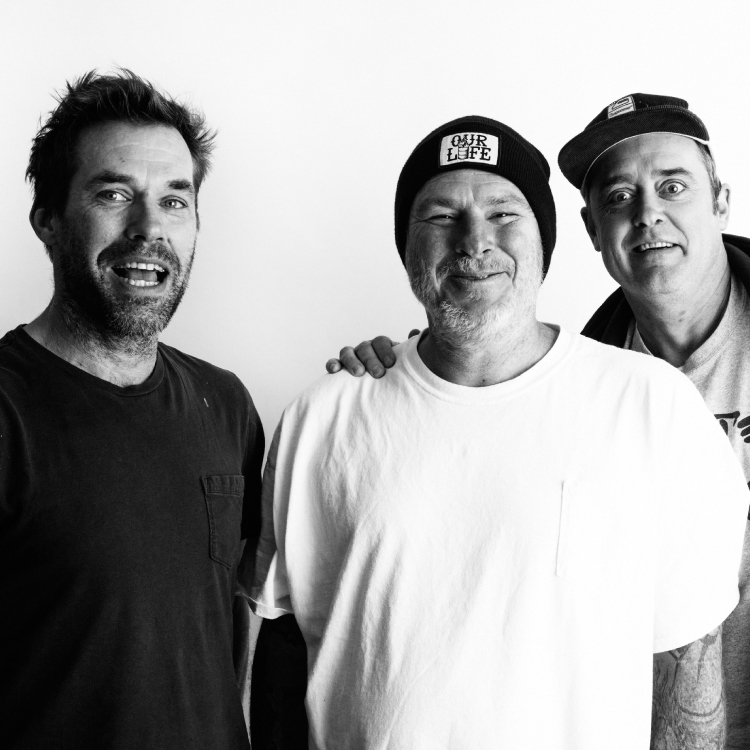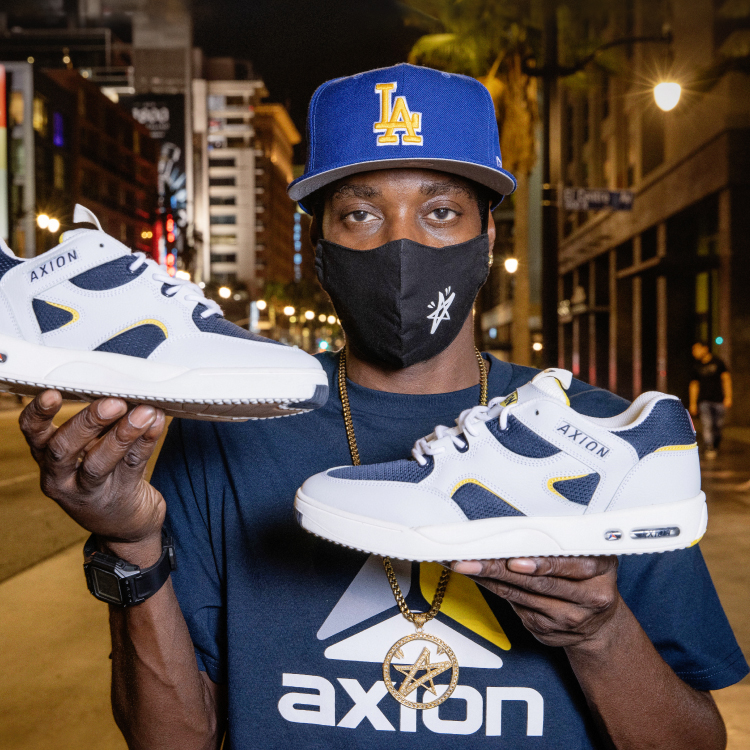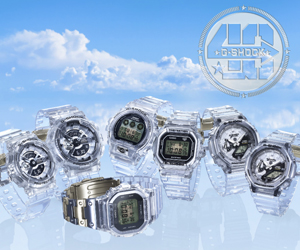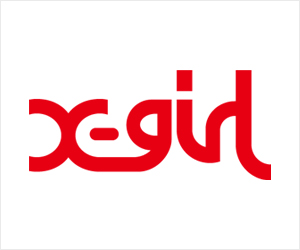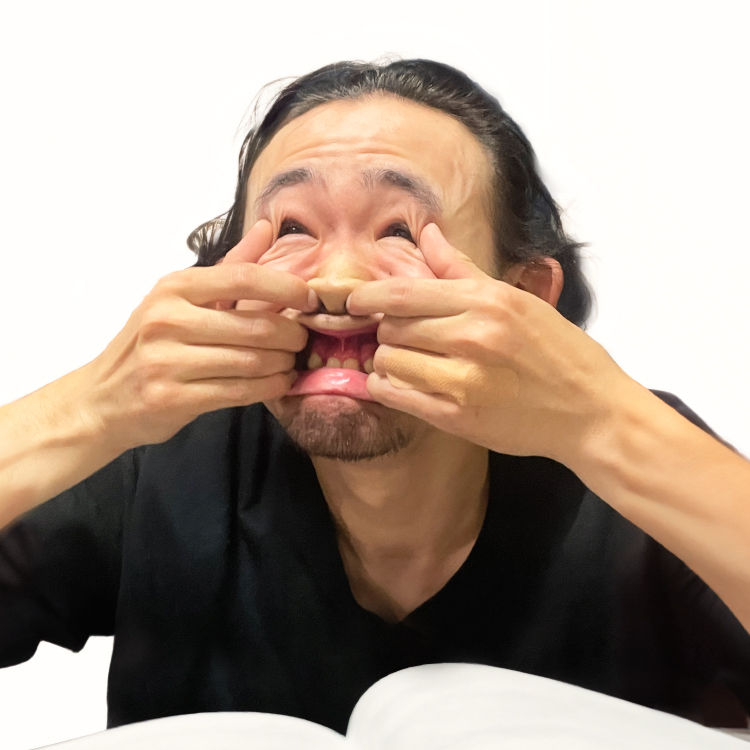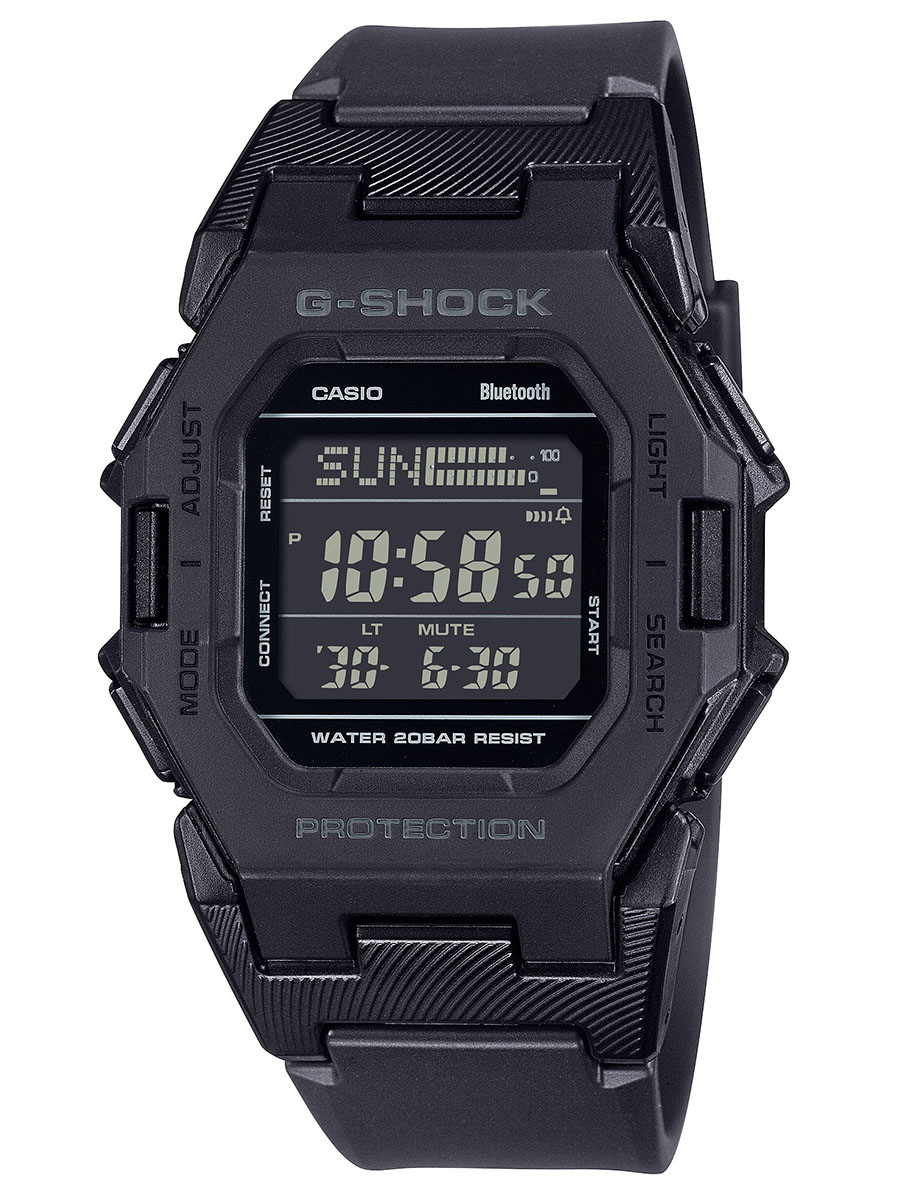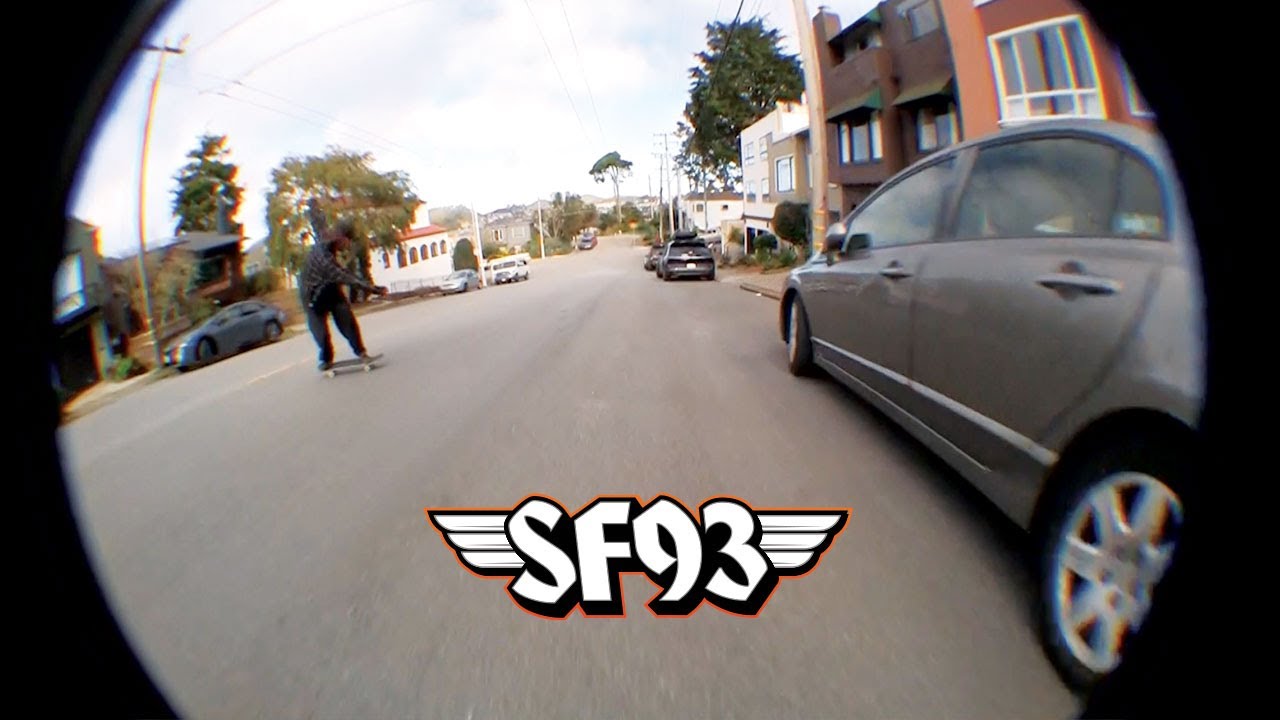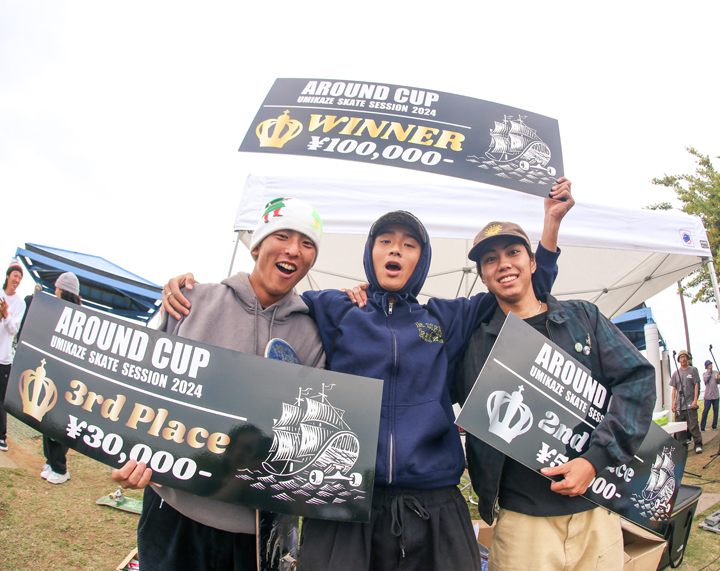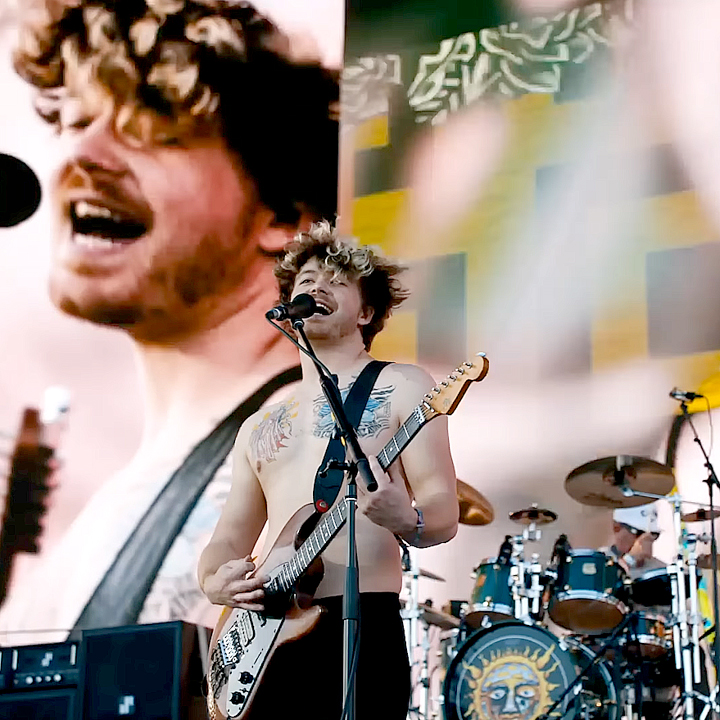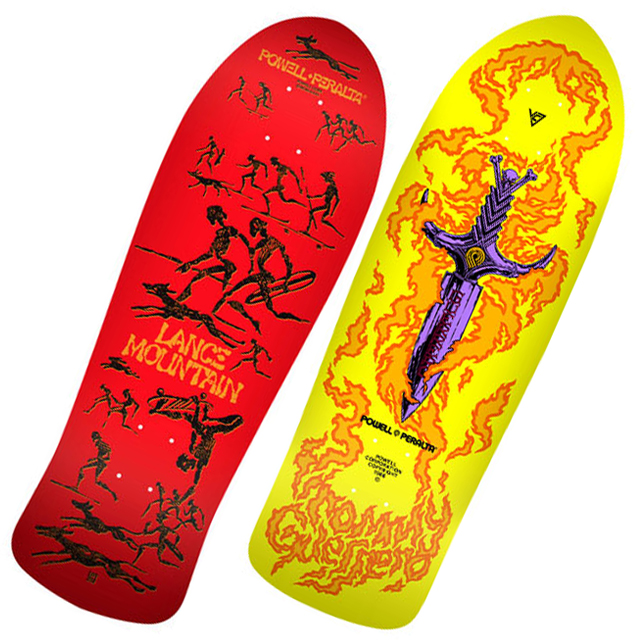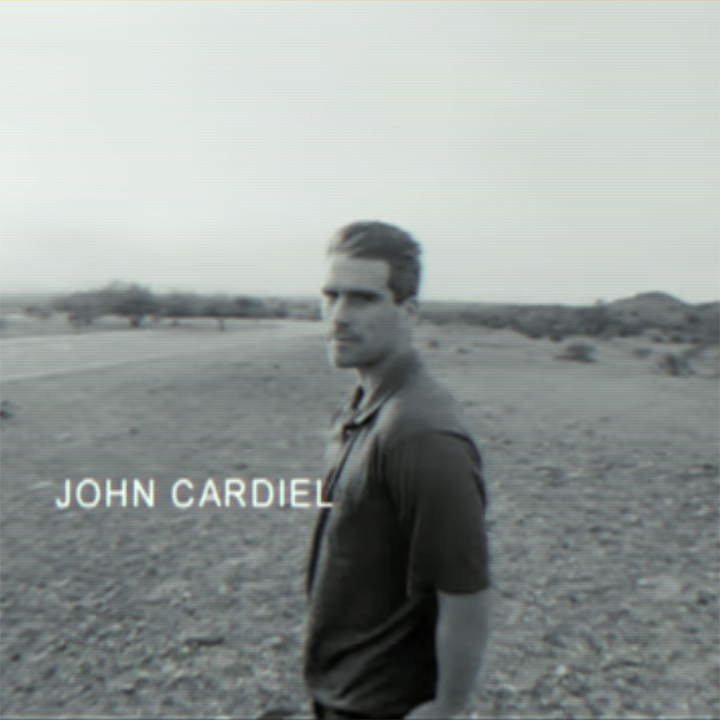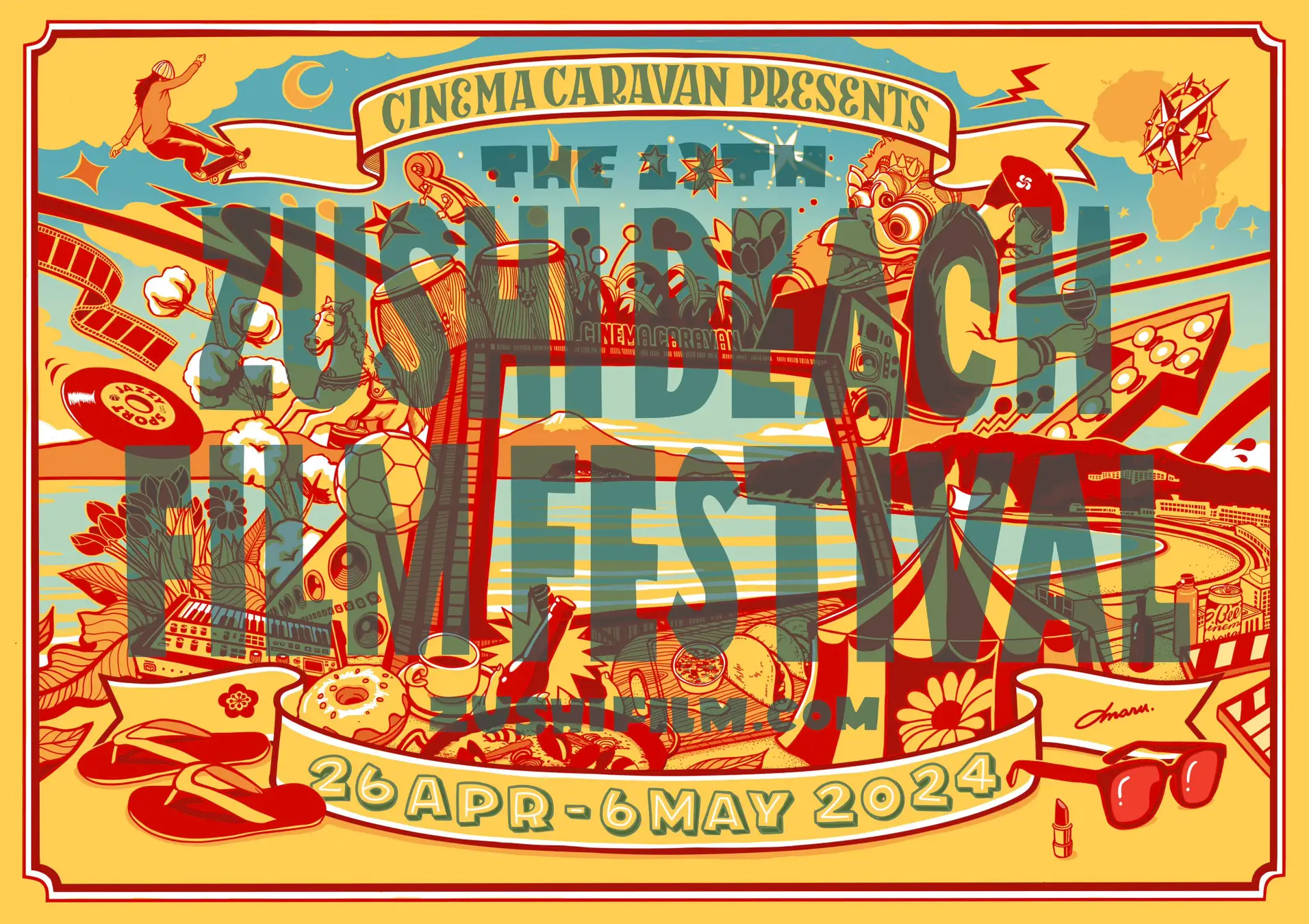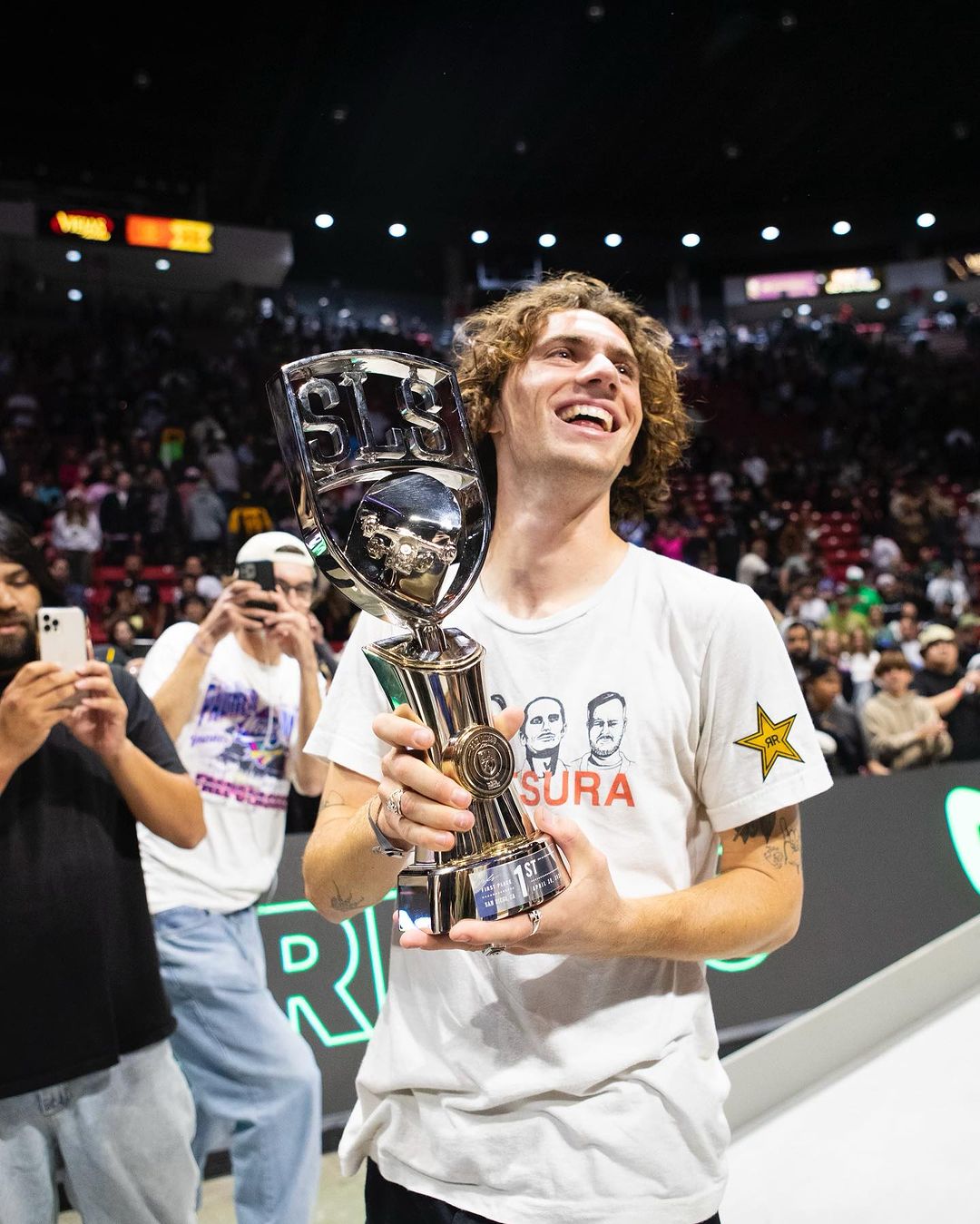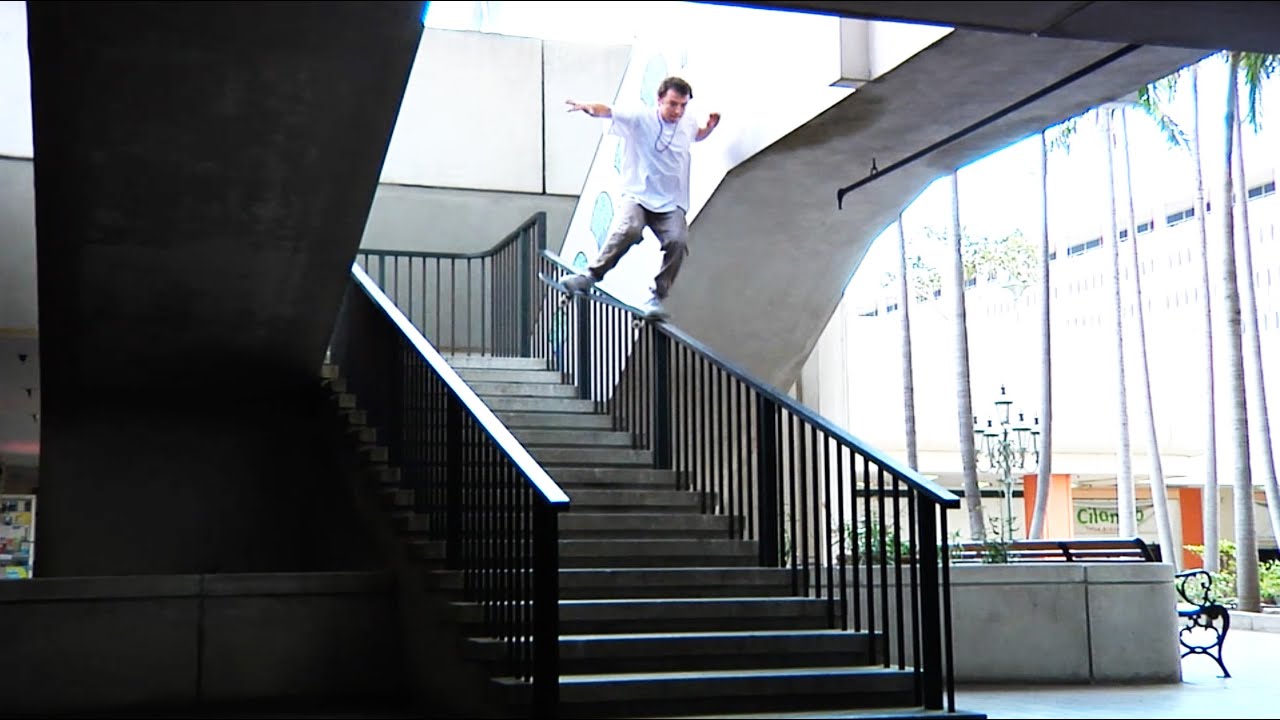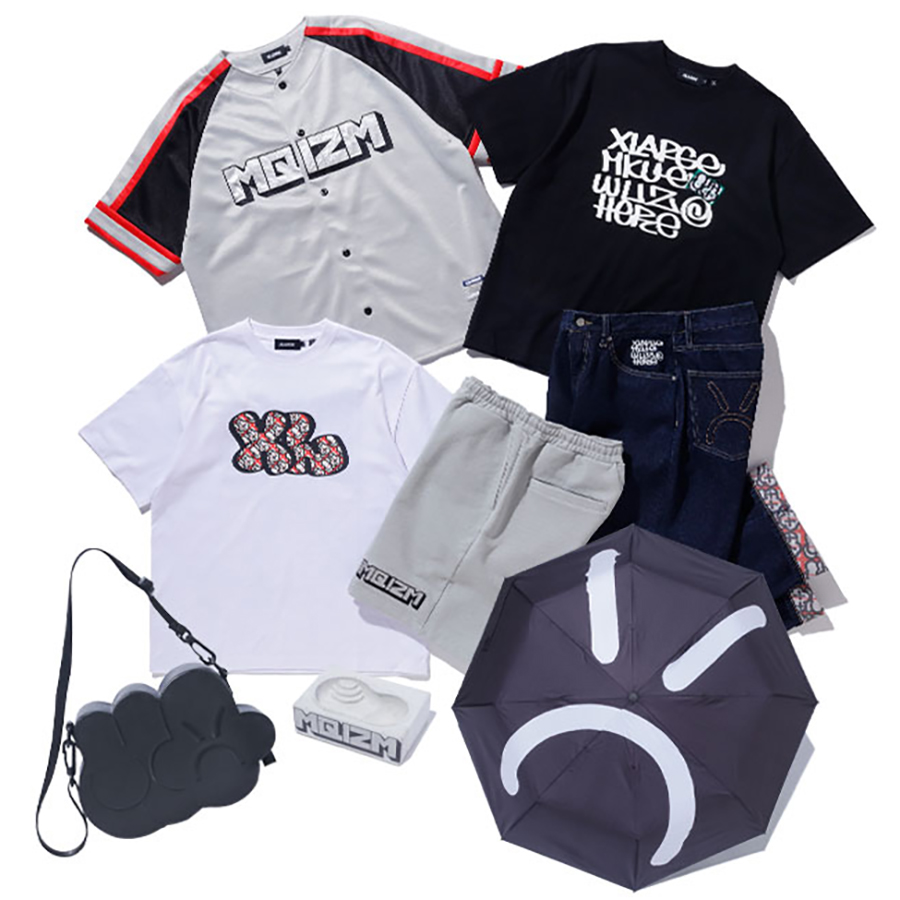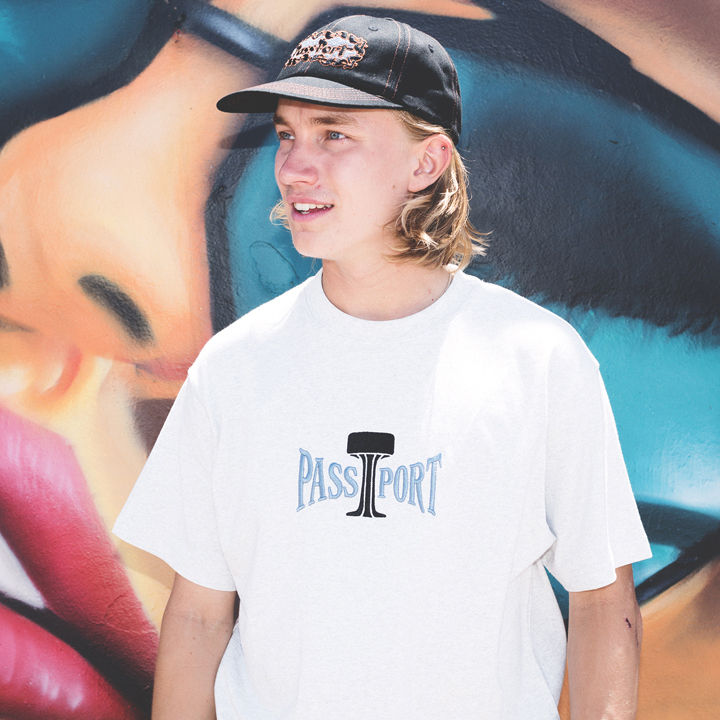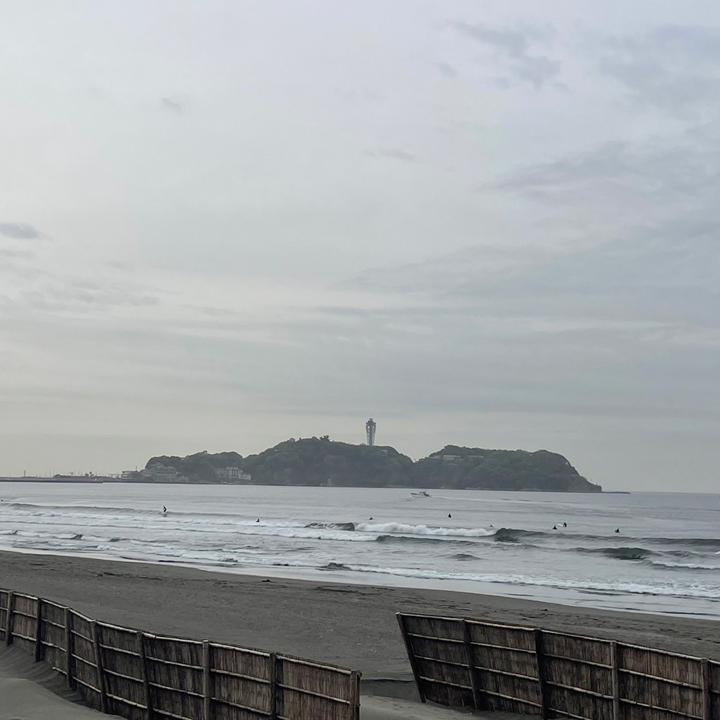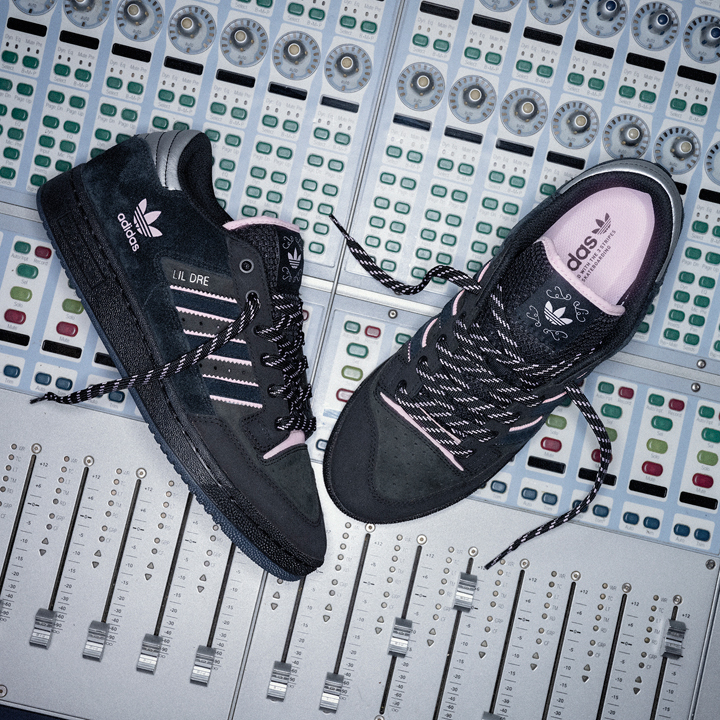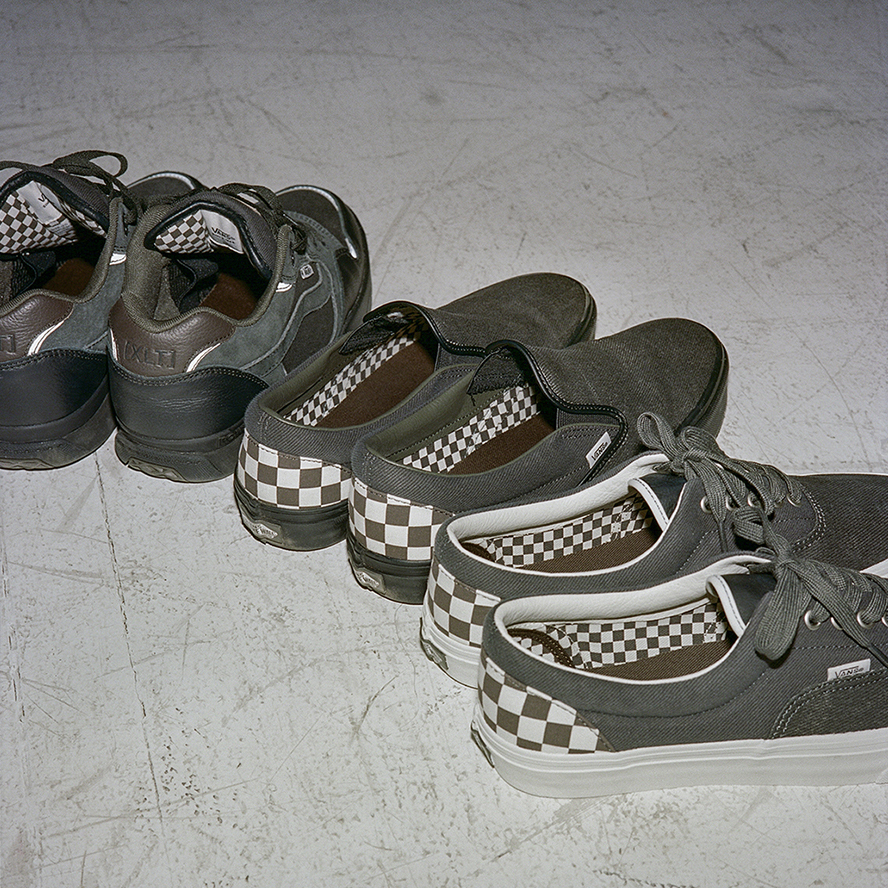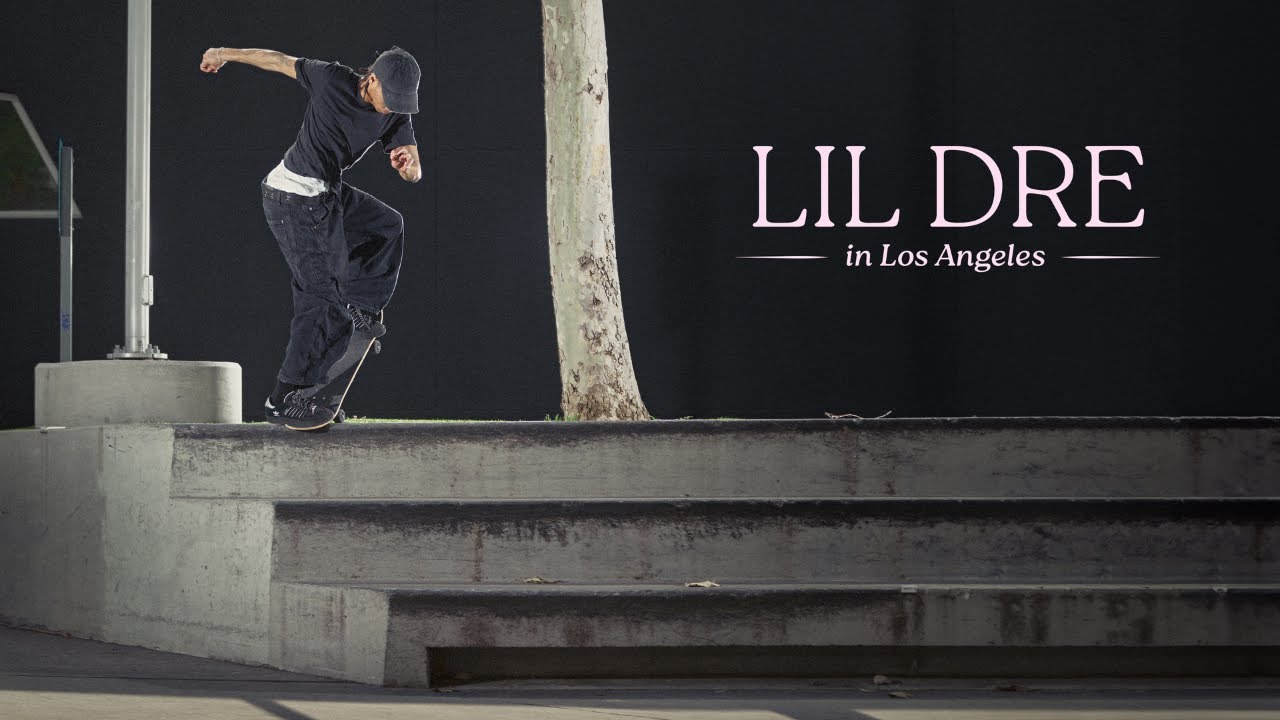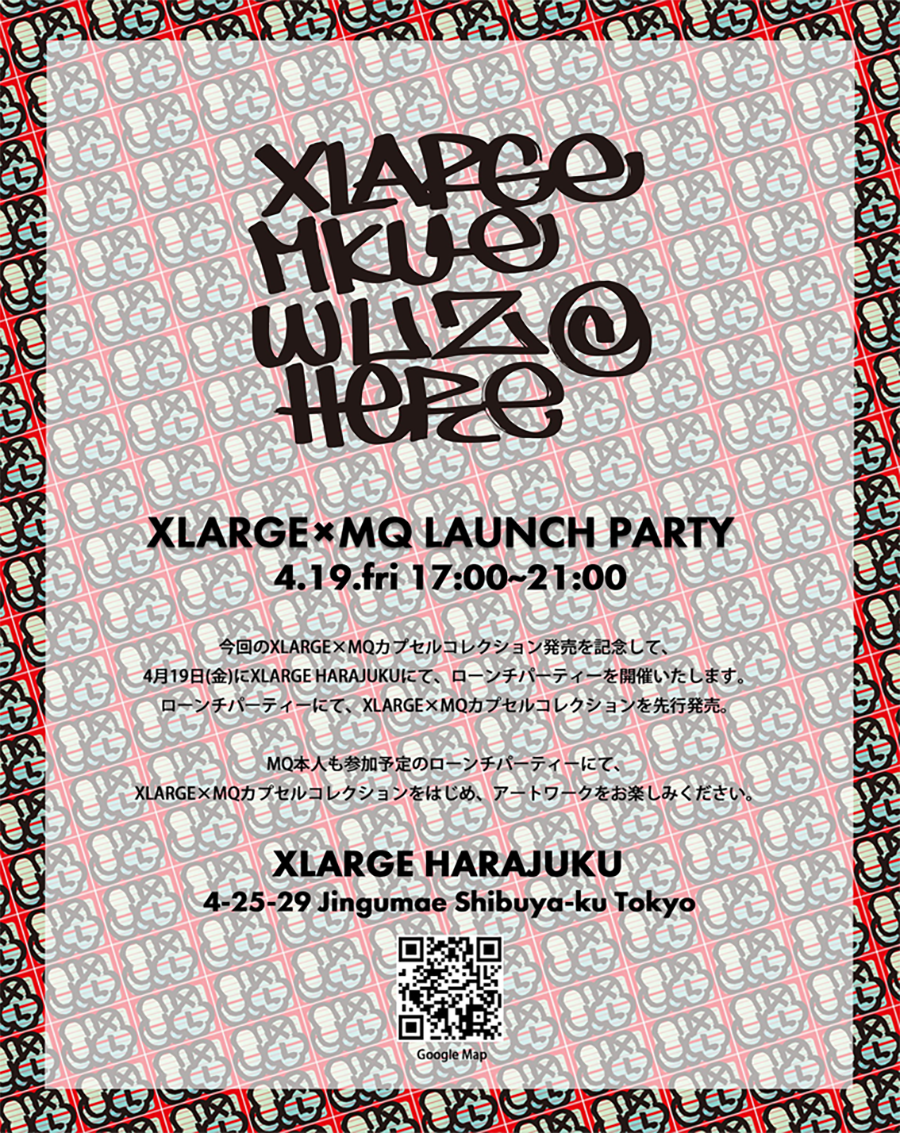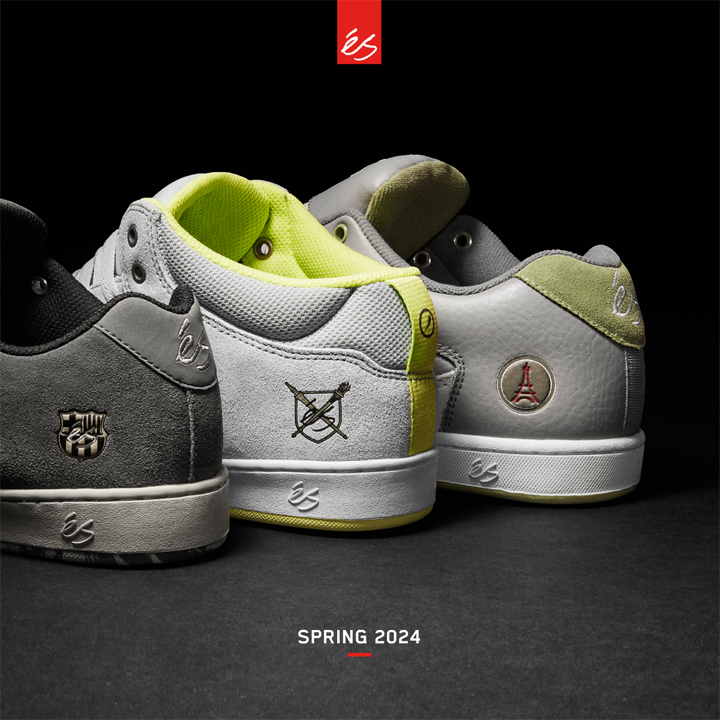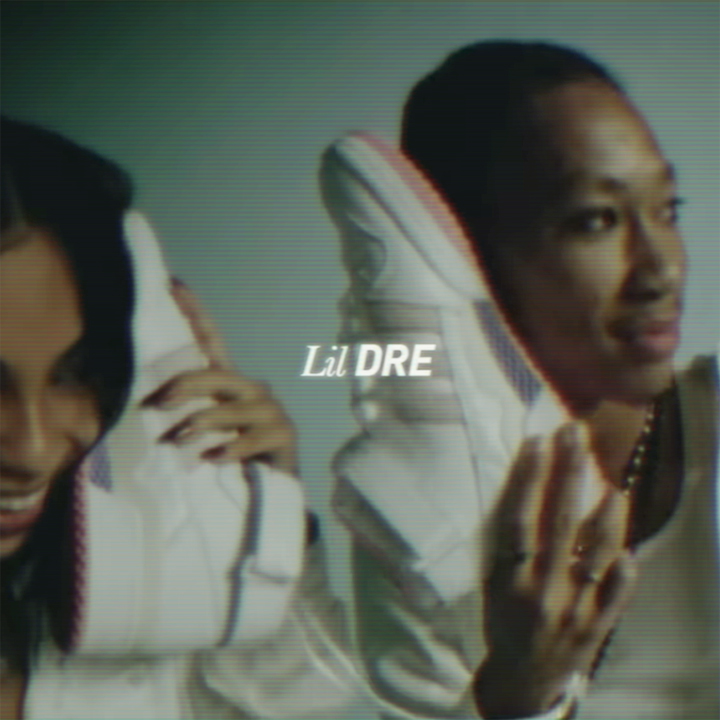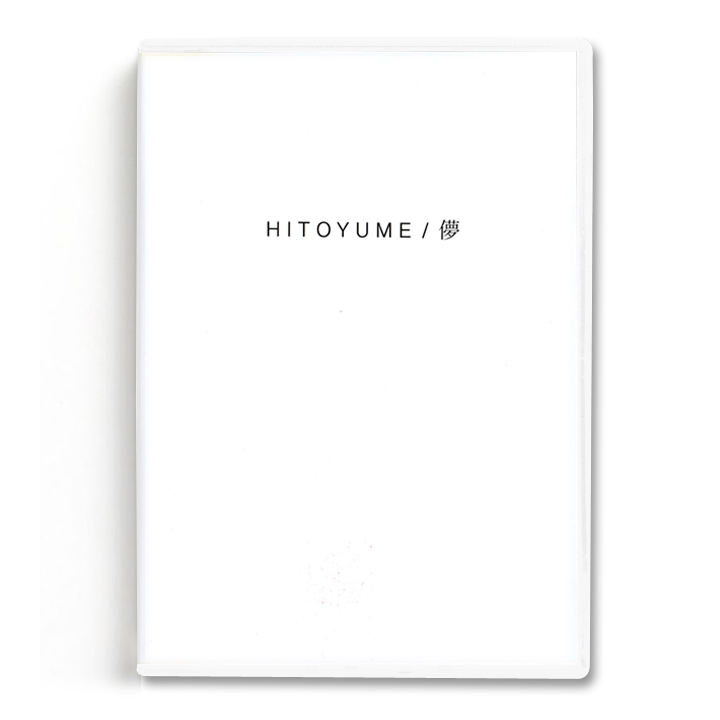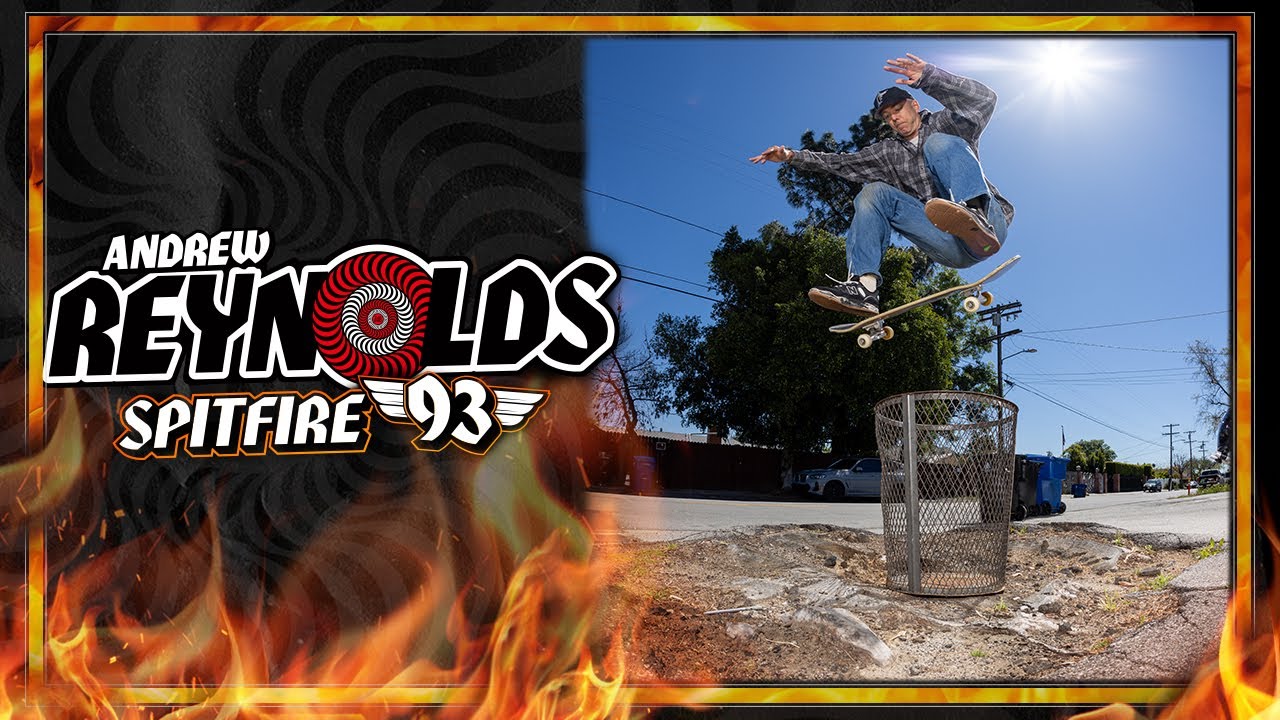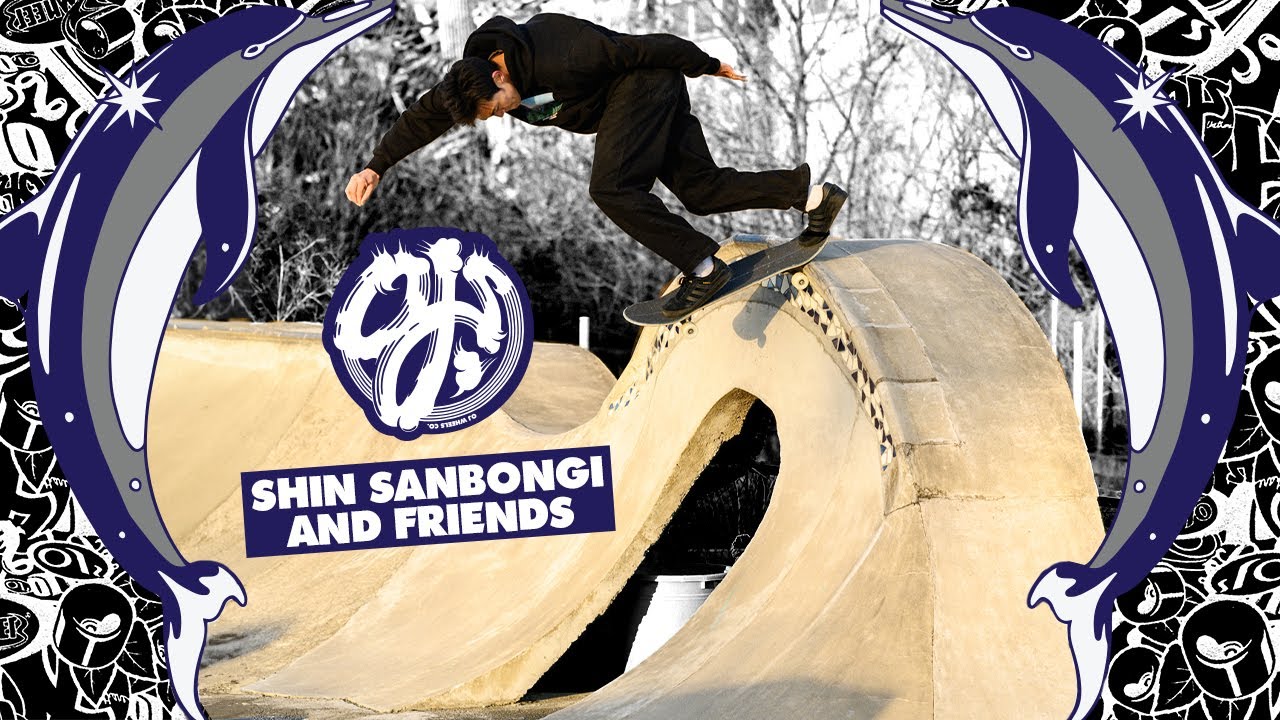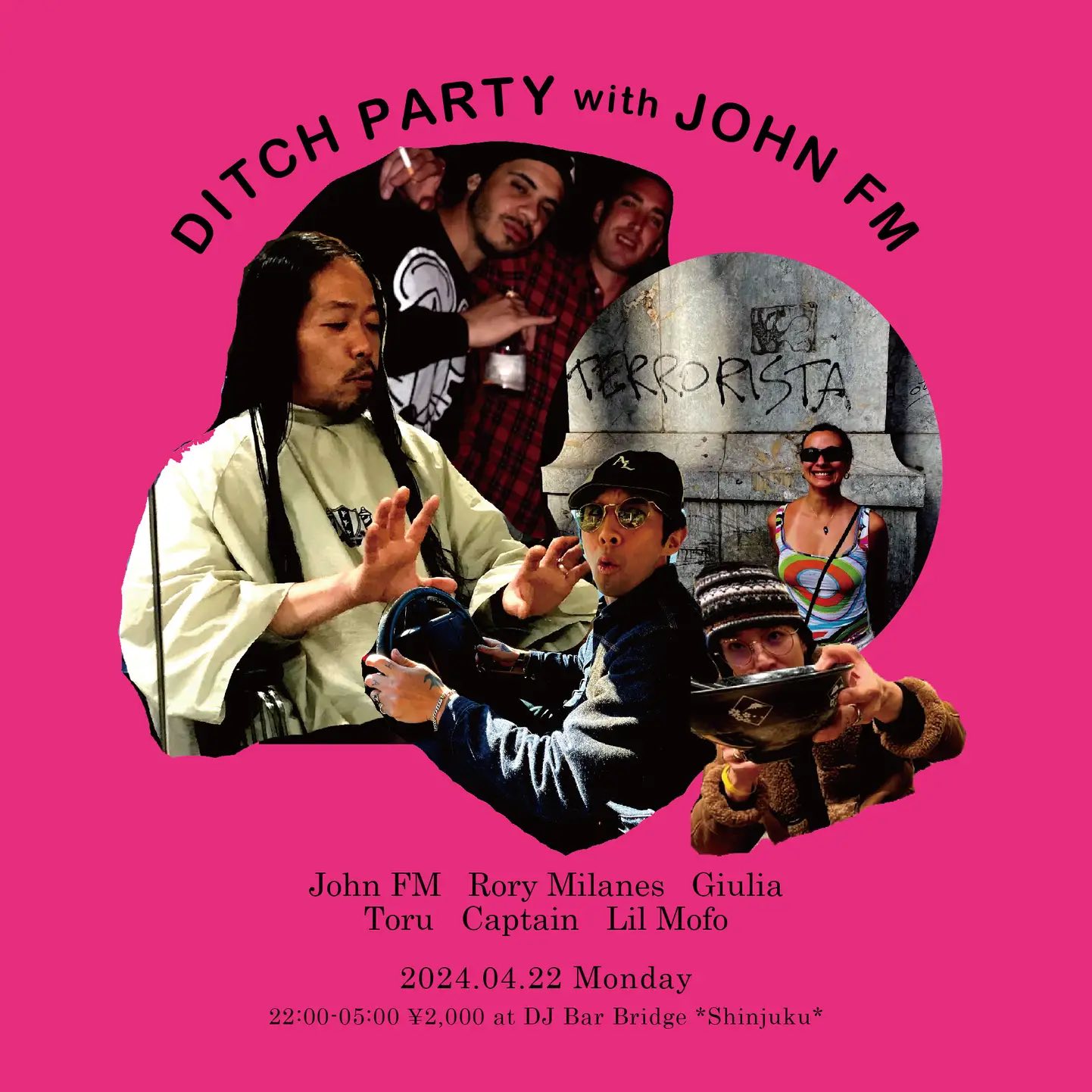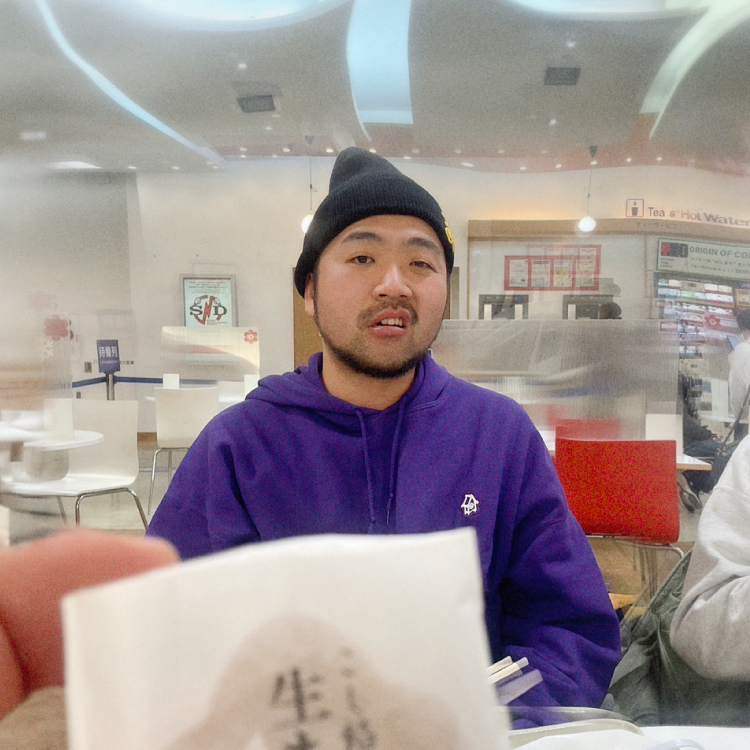CATCHING UP WITH CHIEF EDITOR AT NORWAY'S DANK
──DANK MAGAZINE - EIRIK TRAAVIK (ENGLISH)
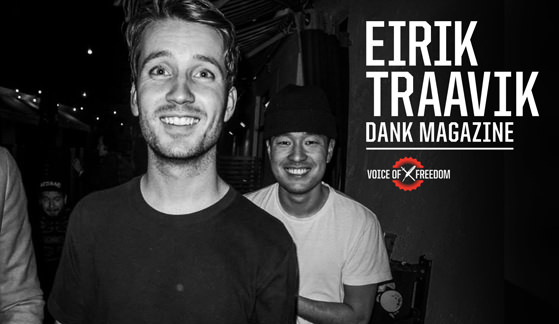
Dank, a skate magazine representing skateboarding in a tremendously refreshing and sophisticated way, from the most unknown skate city in Northern Europe. Well, you have to admit that Oslo has never been a skate city until Dank came out! We had a chance to have a talk with the chief editor Eirik Traavik, who came to Japan with his comrades, Jorn Aagaard and Aksel Overskott for the latest issue’s release party.
Interview by Katsushige Ichihashi Photos courtesy of Dank magazine
VHSMAG(V): How did you three meet each other?
EIRIK TRAAVIK (E): I’m from Oslo, but Aksel and Jorn are from a small city, about an hour outside of Oslo, called Hamar. When I was in University, I met the guy who Aksel was living with at that time. Or before he moved to Oslo, I had already met his best friend from Hamar. You know, when you get sponsored as a kid, you would be like a kind of a rock star and he was really famous because he was one of them. Aksel moved to Oslo with my friend from Hamar to skate and I remember we went skating once and clicked instantly, hanged out a lot ever since. And I met Jorn through the same gang, because Hamar has got one of the most famous skate scenes in Norway. It’s like you either play football or skate... and of course you skate. Everybody skates and so many good skaters come out of there.
V: Why Hamar?
E: I have no idea. It’s such a tight scene and there is nothing much else to do. So you just skate all the time and you get really good. They also have a really good park, people are pushing each other, there is like one rail spot you have to hit up and it’s just progression, progression, progression... So I started to go skating with a lot people from Hamar and through that gang, I met Jorn who was kind of the filmer/photographer dude. We would hang out in Oslo and got to be really good friends.
V: Did you want to make a skateboard magazine, or was it opposite like you just wanted to create something together which took the shape of a skateboard magazine as the result?
E: I lived in Vancouver in 2009 and there was this skate shop called ANTISOCIAL where I would go all the time. They had a really good selection of zines. Like a whole shelf full of zines and independent skateboard magazines. That was really inspiring. And they also had this super good magazine called COLOR. It was such a contrast to what we had in Oslo at that time. We had no skateboard magazine in Norway at all. There was only one magazine, but it was a snowboard & skateboard magazine with really really low standard photography and write-ups about nothing, pretty much. Since 18, I had been working as a journalist so I had been writing a lot. Aksel was writing for a couple of skateboard websites, but he was not feeling it too much. We were all studying, so we had much time. Jorn was also working as a designer. I remember talking with Aksel over Skype about how we should do a good skateboard magazine.
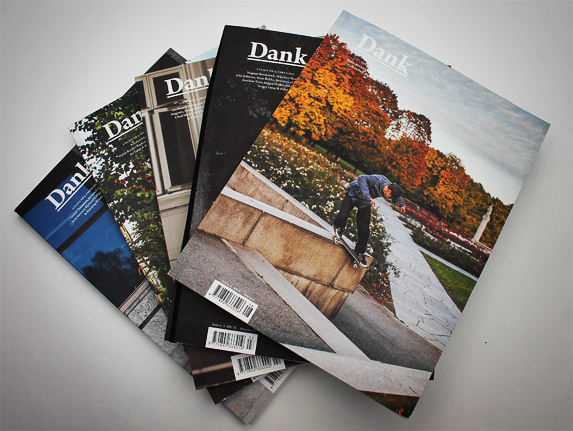
V: Something you can relate to.
E: Yes, or a magazine about what we love about skateboarding. Because we felt that what we got in Oslo did not represent it. First, we wanted to do something really lo-fi. Photocopied, full of inside jokes... like in the vein of LOWCARD. We thought, because we basically know everyone in the Oslo skate scene, we would be able to do funny interviews with everyone. But then, Jorn insisted that if we are going to do something, we might as well do something thorough, something “good”.
V: That’s exactly what I wanted to ask about. How you came to this Dank’s style. This size, this thick matte paper... it was totally different from all the other skateboard magazines. And it’s unbelievable that you might have started as a Lo-Fi zine. How did the idea take shape?
E: That was actually after we decided to do something proper. It was late 2010, I remember seeing an interview with this Norwegian publisher talking about the advantages you have of making a good printed magazine in this Internet age. So, we wanted to do something that would be kind of an argument in the favor of actually having printed magazines, not just Internet stuff. We wanted to have something that felt more timeless, not just contest results or travel stories... Something that would feel fresh if you just keep it in your shelf and look at it. We wanted to have really good paper, because I think, if you don’t print on good paper, then what’s the point? And that came also from Jorn’s background, because Jorn is a complete book nerd and he wanted to do something that was closer to a book. And we were also really inspired by SOMA, ANZEIGEBERLIN INFORMATION... and GREY was coming out at the same time as we were and had a somewhat similar aesthetic. We were also inspired by a lot of different stuff, not just by skateboard magazines, because we were into a lot of different stuff. We wanted to make something that would last. Something that looked nice, and smelled nice, something that felt new in the skateboard world and that hadn’t been done yet.
V: I also like to the composition of the skate photos which are mostly long shots, showing you the spot, the architecture and the city. This question was more for Jorn, but do you consciously chose such long shots to represent more of the skater’s personality or the city, the session, the moment than just the trick itself? That’s also what I love about European skate videos or photos, that they offer you more than this “in your face hammer trick”.
E: We are not so much obsessed about it now, but in the beginning, Dank was very much about taking distance from everything we felt that was overdone in skateboarding. So the long lens thing, it has a lot to do with aesthetic, but also the fact that we don’t want to have a photo from someone sitting under a rail with a fisheye in his hands. And Jorn has been shooting with long lenses for a long time. I remember him making posters for his own skate videos, which would have been always using long lenses. Really clean, almost like architectural style photos. So we have started to work with that and it fits the aesthetic of the magazine really well. It wasn’t really a conscious thing for us at first, since we made the first issue with only Norwegian audience in mind. But after a while, it has become interesting because it turned out to be a good way of showing off all the Norwegian spots. To us, the scenery feels natural, but a lot of the scenery can be very interesting to others. And it’s also a way to show how the spots are... and how the skating is a part of the city.
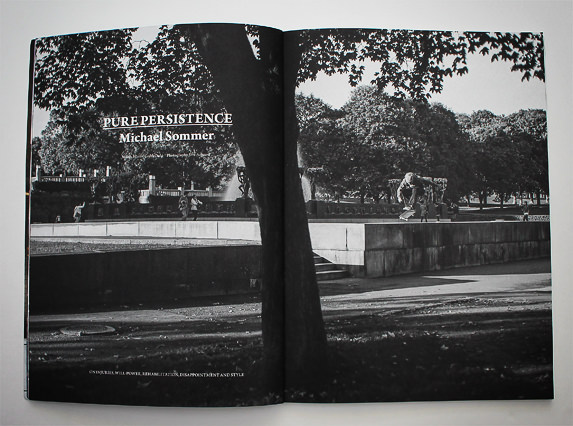
V: And how you find and bring in so many cool artists and contributors is purely stunning. Would you like to get involved even more people in Dank?
E: We are always looking for people. But it has been limited by the fact that we are running on a really tight budget. We never have the money to pay people. So I don’t feel comfortable about reaching out to too many people, simply because I’m a writer myself and I know that this “Oh, but we cannot pay you” situation is not an ideal one. So it has been centered around our good friends. Fortunately, we have a lot of friends who are doing interesting stuff. But we are also interested in getting new contributors, and as the magazine starts to get bigger, we start to get e-mails all the time from people who would like to contribute, which is great.
V: The first issue came out in 2011, which is almost 4 years ago! How has these years been? What was the hardest thing in the beginning and what’s the hardest thing now?
E: It’s always about money. That’s the thing. When we started this, we were like “Hey, let’s make a magazine!! No problem...” but we really didn’t know anything about it. Well, I’m a writer, Jorn is a designer and Aksel also writes, but we really had no clue. So we have been learning by doing a lot, fucking up sometimes, had some luck other times. As the time goes on and the economy keeps struggling, it became increasingly difficult to finance the magazine, which is frustrating. I got into this because I love the creative side of it, but there is a lot of administration and business, which takes up a lot of time. And that could ideally be better. But aside from that, it became really, really great, because now we get a lot of contributors, even a lot of people we look up to have become into the magazine and that has opened up a lot of doors to us.
V: Like Greg Hunt...
E: Yes, Greg Hunt, he just showed up to one of our launch parties in Oslo to hang out. We’ve been in touch ever since. He is really into the mag and helps us out a lot. Pontus (ALV) too, Ben Colen and the whole CRAILTAP scene... That’s the really interesting part. We got a pretty extensive network now, that makes it really easy, well not easy, but easier for a Norwegian magazine to be like “hmm, I want a Jerry Hsu portfolio and a small interview for this issue. Wouldn’t that be cool?” and then a week later you have it. It’s done! No question asked, just like “Yeah, we wanna be a part of that”. Which somehow feels also really, really weird, because we never saw that happening when we started out. But it’s great that even though we are just a small magazine, we have a lot of reach, we have a lot of people who want to work with us. That’s really cool.
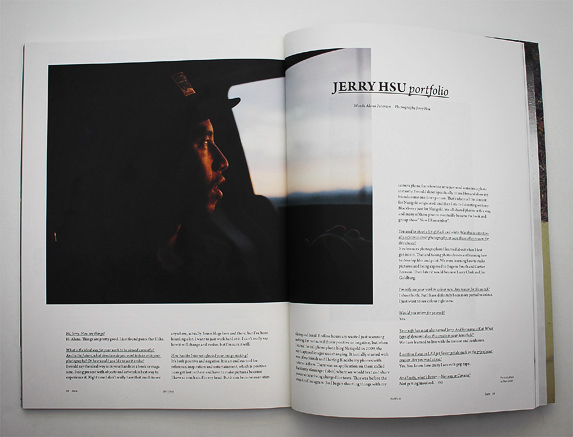
V: So you enjoy meeting all your heroes through Dank?
E: It’s amazing. That’s the coolest part. I remember when we were making the second issue, I was helping my friend moving, so we drove all the way down to Netherlands and stopped in Antwarp, where GRAVIS were having this photo show or something and the whole GRAVIS team was there and we had a chance to sit down with Jake Johnson and do an interview! Holy shit! All these opportunities... It’s just great.
V: Beside your slow biannual releasing pace, you would feature the same person more than once. Pontus Alv and Nick Jensen, who appeared in the first issue came back after they launched their own skate company.
E: The thing with Pontus is, we are really into him. Big fan. And when we did the first interview, he was talking in the end that he would like to start a small brand. So we were really psyched when POLAR SKATE CO. came out and because still at that time, everything what Pontus does went kinda under the radar a bit, so we wanted to do more with him. And the same with Nick Jensen. Well, we went pretty hard with the first issue, trying to cover a lot of stuff that we really like, but it was a small issue and I don’t think that many people could have seen it (there is also the language barrier because the first issue was published in Norwegian only). So it felt all right to have another angle, doing another interview.
V: Do all three of you live in Oslo now? How does this Dank editing team works?
E: No, we don’t live together, but we got an office in downtown Oslo. I got a desk, Jorn has a desk and also Kasper Haggstrom who made “Perry” (http://vimeo.com/110786183) has one as well. So I meet Jorn every day. I’m working as a freelancer and do my work in that office. And when it’s time to wrap up a new issue, we would just be there the whole day. But we work really quick. We try to do it as fast as we can.
V: Was this bi-annual release pace planned from the start?
E: We were still studying at the time we started, so we couldn’t take more time to do it. It’s also about money. And it’s also kind of like a statement that we want to do something slow-paced.
V: Well, it seemed like you are trying strictly this bi-annual pace. I have noticed that the second issue of each year tends to have less pages than the first. So I thought you chose to release what you got on this steady pace than waiting until you got enough pages and release the mag next year.
E: Well, the things is, it’s always easier to shoot skateboarding in the spring.
V: In spring? Not in the summer?
E: Yes, because everyone just goes away in the summer and nobody is available in Oslo. Me and Jorn would work a summer job etc.
V: Interesting. I always thought North European people would enjoy the summer in their country.
E: Yes, but not in Oslo. People would enjoy the summer in Norway, but mostly not in their hometown or in a city like Oslo. So, it’s always hard to organize something in the summer. And in spring, it’s totally different because skaters are so hyped to skate after the long winter.
V: When does the skateboard season start?
E: Around March, although it’s still freezing. And beside the cold and snow, you have this gravel spread around by the city council after the first snow. It’s because the snow gets Icy. So if you wanna skate in the early season, you gotta bring a shovel for the snow and a broom for the gravel. Until late April or May, everywhere is covered with this gravel. So you have to be selective with places you wanna skate. It’s a funny point that the second issue gets thinner. Although we got never any struggle, it’s always so much fun to make a magazine. I never have a problem finding stuff to write about. It’s always more about having to cut stuff. We have too many ideas. If it were up to me, we could do 200 pages, easy! With more fun and more contributors. But you need enough budget for it. And it would be a nightmare to ship out, anyway.
V: In a former interview, you were saying that it feels like you are getting more attention from abroad than Norway. Has that changed? Do you feel more support or attention from your own country as well?
E: Well, Norway is weird, because we have a big following from outside of skateboarding scene. From people who love magazines or printed media. But also at the same time I think the interest for what we have been into has been increasing in Oslo as well. You see the whole Euro brand thing, MAGENTA and everything like that is increasingly becoming popular among a lot people. So if they find interest in that, they will find interest in Dank as well. But it has been always the problem for us to get “the kids” on board. We got only limited marketing, so the kids don’t really know about us.
V: How about the Norwegian skate industry? Are there any new companies coming out?
E: Not really. There is one small company that is really good called CLASSIC SKATEBOARDS. They got a really cool 90’s, Hip Hop feel, you know this MENACE type vibe, which is amazing. They purpose to keep it really underground. The only way to buy their boards is to actually meet up with them in the street. They don’t wanna sell it in any shops. They were offered to sell their stuff in the biggest chain of Norwegian skateshop, but they said “No”. They make really good graphics. We had some of their boards in our products section (issue 4/PRODUKTSIDER), like the one with the CHAMPION logo style. They do really good stuff, but beside that, there is not anything local going on.
V: How did this “Japan tour” happen?
E: Because of our ex-distributor, Atsushi (of twelvebooks). We had an exhibition in Oslo in 2012 and he saw pictures from it and suggested that we should do it in Tokyo as well. And I had been here in Japan once in 2007, so I wanted to come back. We knew that a couple of places have been selling Dank, so we thought that we might have a small audience here and it would be just a crazy thing to do.
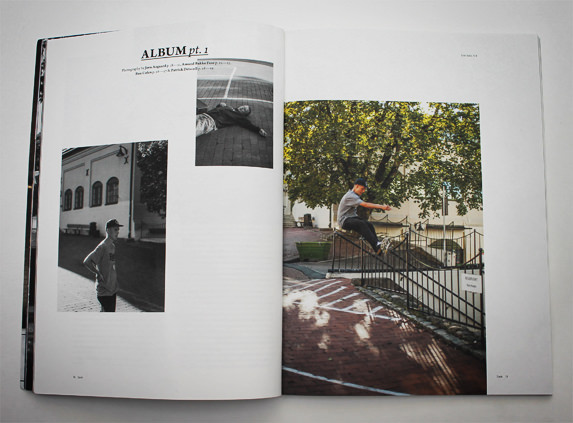
V: So this is the second time for you and I was surprised to meet Eirik Ballo at the Dank release party, who lives in Japan now. Does Norway and Japan got such a strong relation? This sounds stupid, but I don’t know much about your country or the relation between Norway and Japan.
E: I don’t know either. But I guess it has to do that many people are interested in Tokyo as a place. Because it’s very different from Oslo. It feels kinda futuristic, interesting and everyone has seen “Lost in Translation”. Every skater has seen Gou Miyagi and all the Japanese skate videos. In my case, I have always been interested in Tokyo and wanted to come here. And I love it here. It’s probably my favorite city in the world.
V: Dank has been featured in many Japanese fashion or culture magazines so far and I have been wondering about the connection you got. Do you have many friends here?
E: I think it’s because a good friend of mine knows Naoki Kotaka from VACANT and he hooked us up with POPEYE or EYESCREAM. Atsushi Hamanaka has also helped us out a lot. But we are meeting people everywhere on this tour now!
V: How About your future plans? Anything beside, or broader than the magazine? Well, you have recently released this short film “Perry”. But how about a non-skateboarding magazine or a book?
E: We have some plans and we got a couple of offers to do something, but it’s very vague at this point. And Aksel is very busy, so it’s more about me and Jorn, because we have been working as a team for quite a while. But everything is a bit loose at this point. Although that’s also the cool part. Dank has opened a lot of doors. We would also make more stuff, like the T-shirt we did, we want to make more, but again, it’s kinda limited by the fact that we do everything beside our “job”, so everything is like a side project. But it’s cool.
V: So you would keep on going? How long?
E: Sure I would love to, but how long? I have no idea. We were interviewed by QUARTERSNACKS two years ago and I answered to the same question “as long as it is fun”...
V: And it still is.
E: Yes, although the business side not so much. Making a magazine is great, just coming to Tokyo and the amount of people showed up on the release party we had last Saturday was absolutely amazing. That stuff is really cool. This year has been a lot of fun, definitely. It’s been the best year so far. And because we don’t make any money off it, but we spend a lot of time on it. It’s working because we are all freelancers, but if I ever get a full time job, then... I don’t know... we’ll see.
V: If anyone might jump off, or has to stop...
E: It’s such a small team and I can’t do it without Jorn or Aksel and the same vice versa. So I guess if somebody calls it quits, it’s over. But we have no plan now, everything is open. And we hope to keep on going. It’s kinda weird to have to be a businessman at the same time you just want to be a skateboard fan and journalist.
V: The influence caused by skateboarding in art, photography or fashion has been pointed out for million times. But have you ever imagined how a couple of young talented journalists and designer, photographer could cause such a huge impact on skateboarding!? You will know what we are talking about if you once hold this magazine in your hands.
![]()
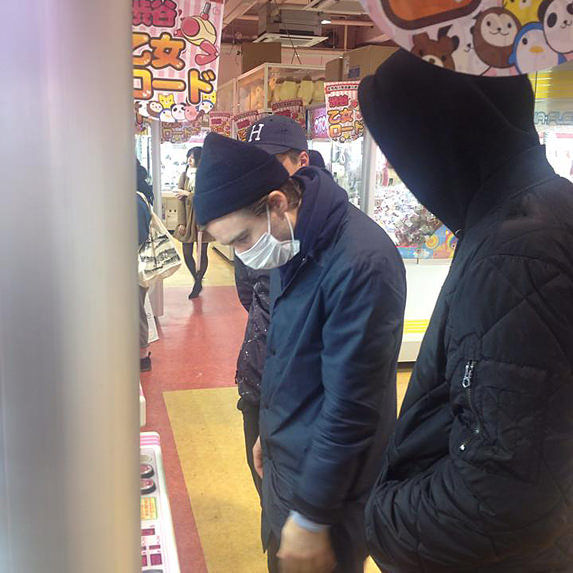
The first night we got to Tokyo. Aksel had a cold, so he bought a facemask to make sure he didn't spread his germs to anyone on the subway. Very considerate. We just wandered around Shibuya. Jørn tried to win a stuffed animal that looked like a piece of fried salmon. Good times.
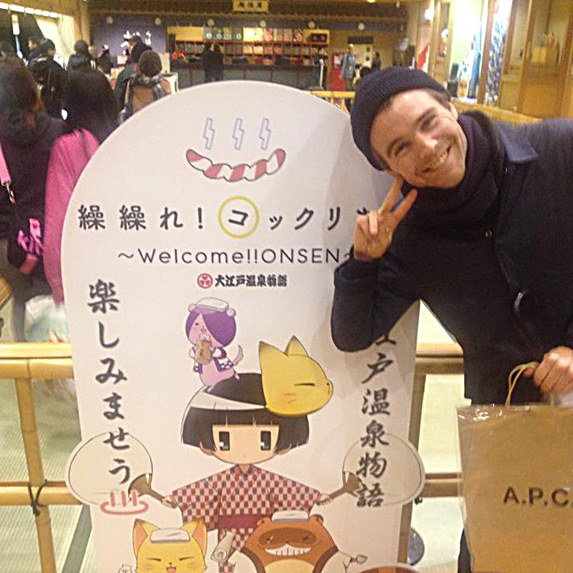
Aksel again, stoked to go to a proper “Onsen” for the first time. Our friend Eirik (Ballo), who lives in Tokyo now, didn't really explain where we were going, he was just like "yeah, we're just going to this bath house". We were stoked. Great place to have a beer and some snacks and then get naked with the dudes.
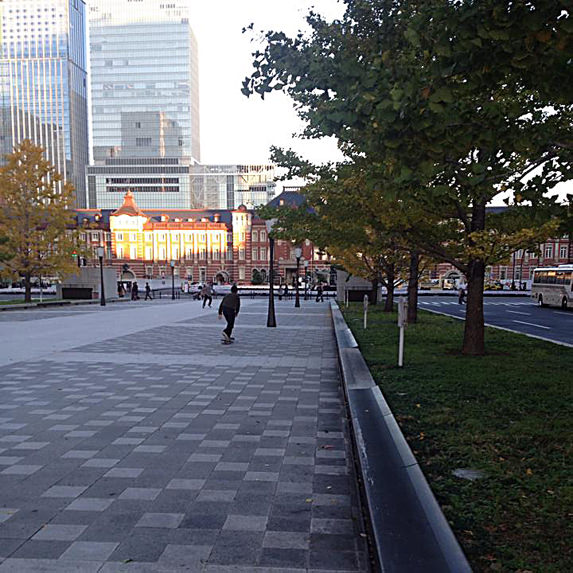
Great spot right by Tokyo Station. Didn't get to skate it for long before a police officer came along on his bike, but we had a good little session here. Went on to skate around the district, lots of fun little spots.
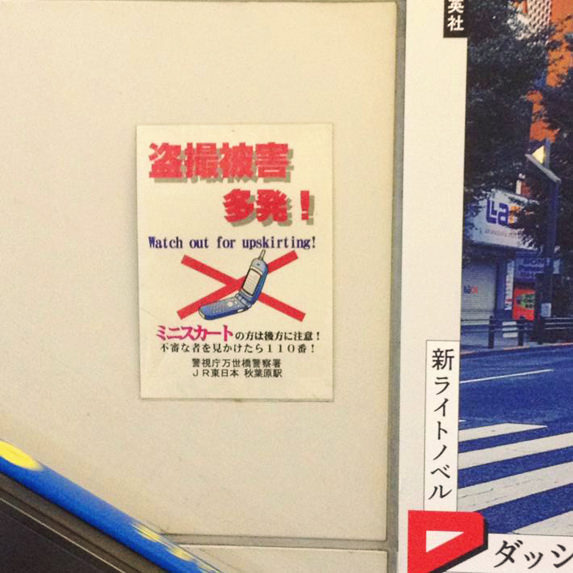
A sign you would never see on the subway in Oslo.
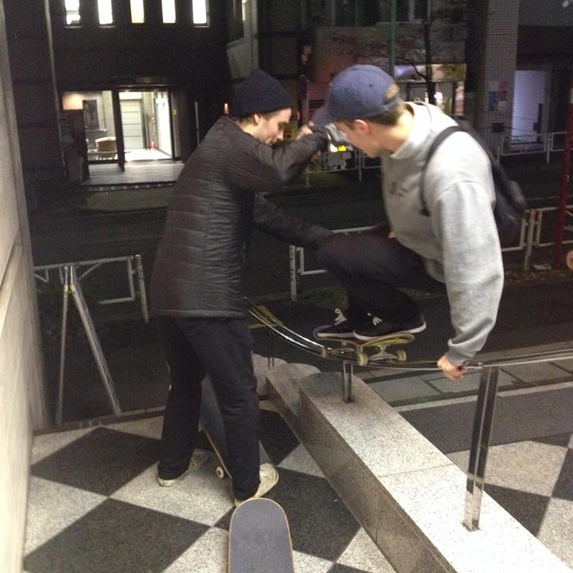
We found this little rail while looking for JBS bar in Shibuya. Good spot for a little team- work 5050.
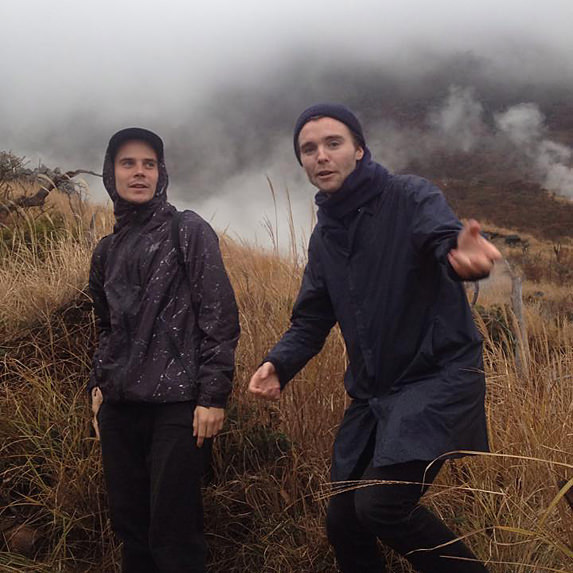
Went to Hakone for a day trip, which was amazing! Went hiking for a bit, and took the cable car up to the volcano. Proper tourist stuff. This is Eirik and Aksel trying to get use to the sulfurous fumes. Very cool place.
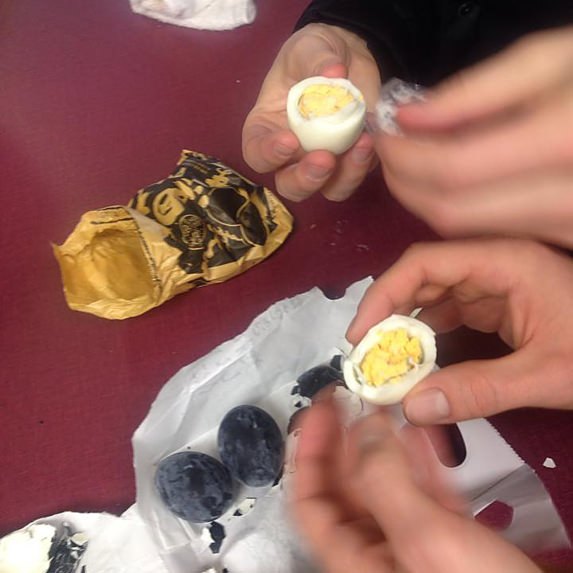
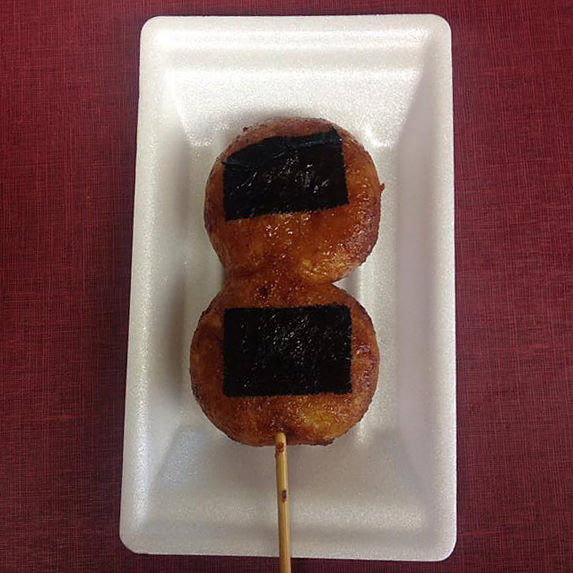
It started raining pretty heavily, but that was all right, because they had a great selection of snacks we'd never seen before. Vulcanic eggs were pretty dope, and the rice cake thingy sort of looks like the Quartersnacks logo, so we were really into that as well.
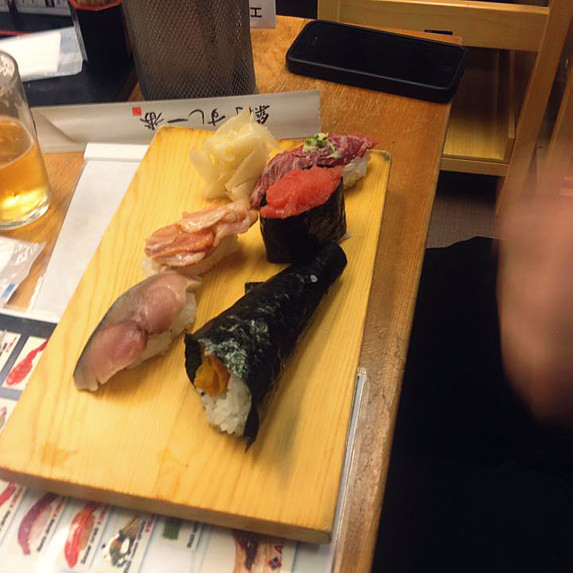
Back in Tokyo we had sushi at Tsukiji fish market. Aksel felt adventurous, so he decided to place an order from the Japanese menu (with no translation help from Ballo). He ended up with mackerel, a mussel of some kind and horse meat (which was very exotic). He loved it. Sushi surprise.
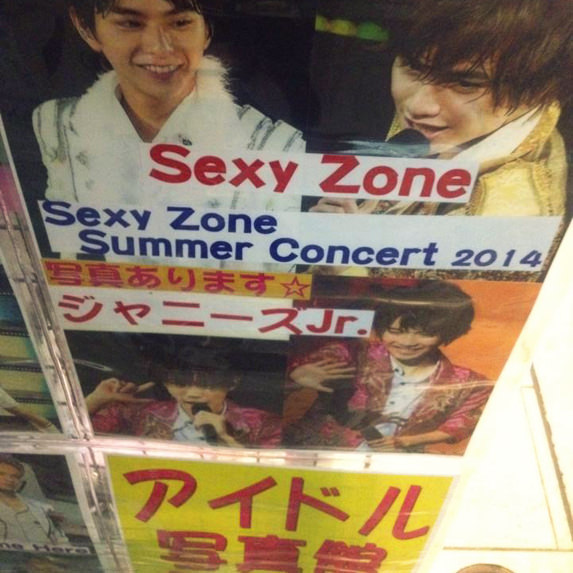
Sexy Zone is our favorite J-Pop band. We hope they will tour in Europe soon.
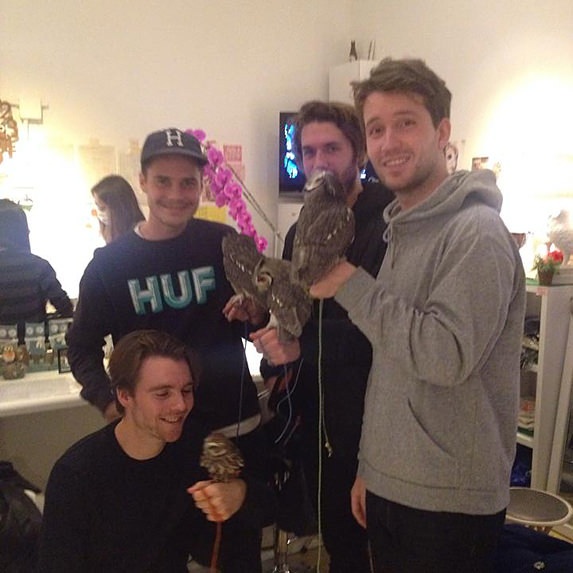
This was maybe the weirdest place we found in Tokyo. A couple of weeks before we came, a friend of mine posted an instagram selfie shot at what appeared to be an Owl Cafe. After some investigation we found that such a thing actually existed, so we went there. You paid 2000 yen to get in, and then you got a coffee and access to a bunch of very friendly owls. Great concept.
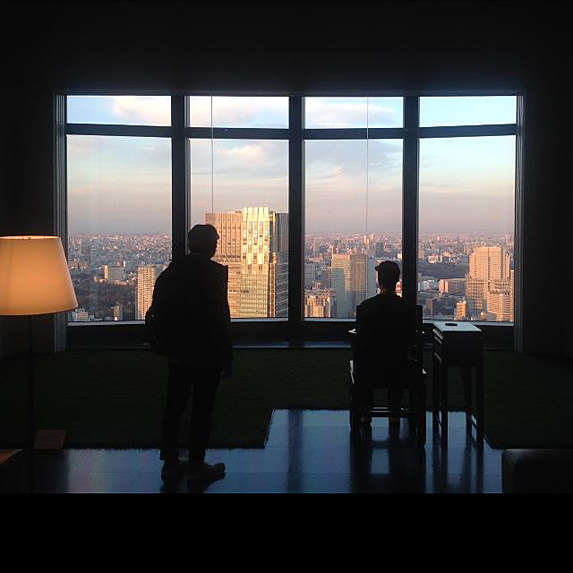
Mori Museum in Roppongi was pretty cool. We could see all the way to Mt.Fuji when we were there.
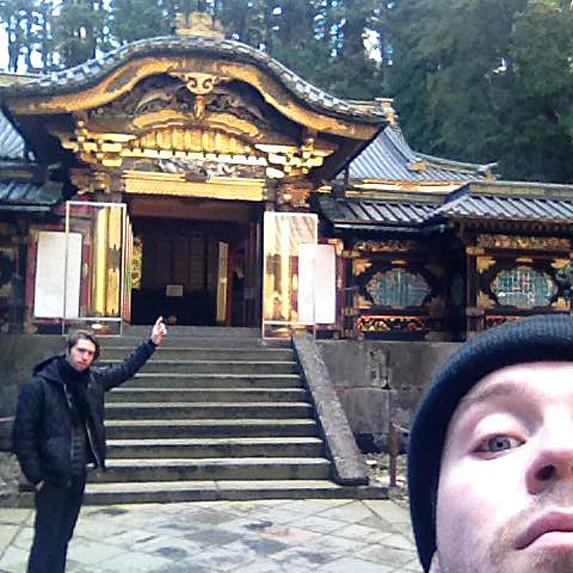
And then we went to Nikko. Great place, but pretty deserted. Spent a lot of time in the UNESCO heritage area, stayed at a very Twin Peaks'ish hostel, saw a couple of monkeys. Great little two day trip.
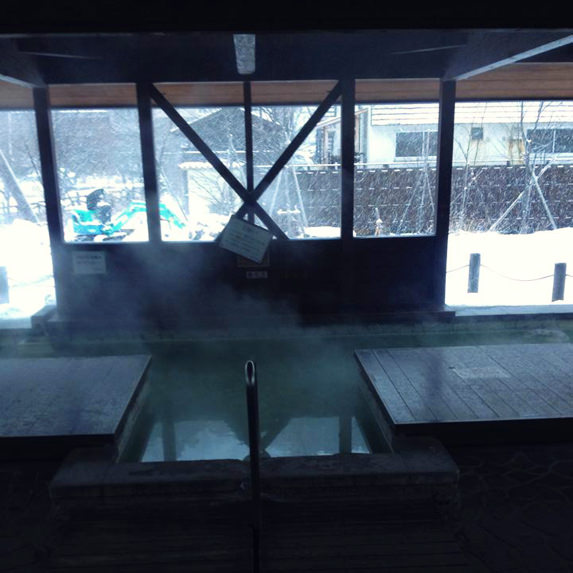
This is the municipal footwarming bath in Yumoto Onsen, about an hour and a half into the mountains. There was a very friendly local man sitting there, warming his feet, when we got there. It was almost closed down, but we found an open onsen. Stoked.
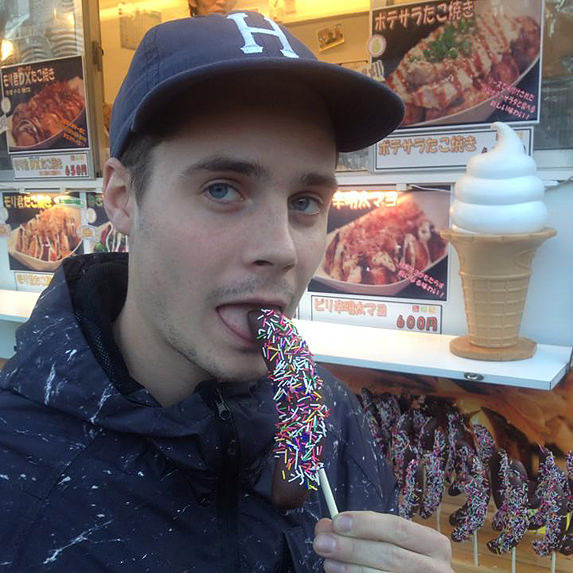
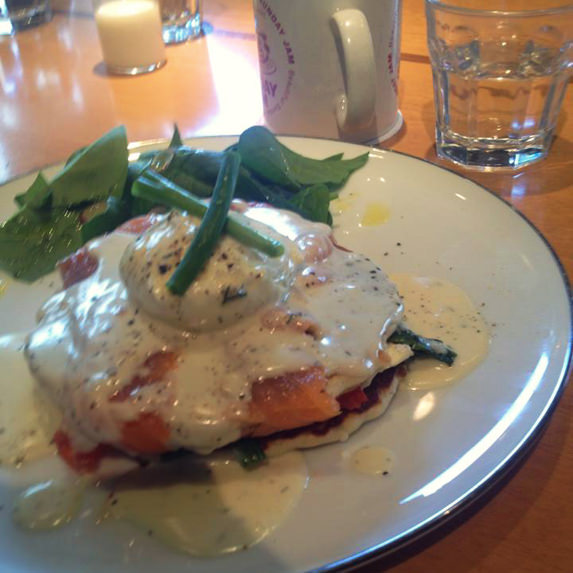
Back in Tokyo we ate delicious snacks (on the right you see a pancake egg benedict, which I didn't even know existed). Then we went home. Two weeks flew by really fast, hoping to come back soon!
Matt Miller
DCより自身初となるシグネチャーモデルがリリースされたExpedition Oneのプロライダー。テクニカルなレッジトリックやスイッチスタンスのフリップトリックを得意とし、ノーリーの高さに関しては右に出る者なし。
@mattmillerskate
Eirik Traavik
A young skateboarder and skillfull journalist/editor from Oslo, Norway. He started Dank in 2011, a magazine in which everyone, from Greg Hunt to your favorite fashion mag’s editor, falls in love.
